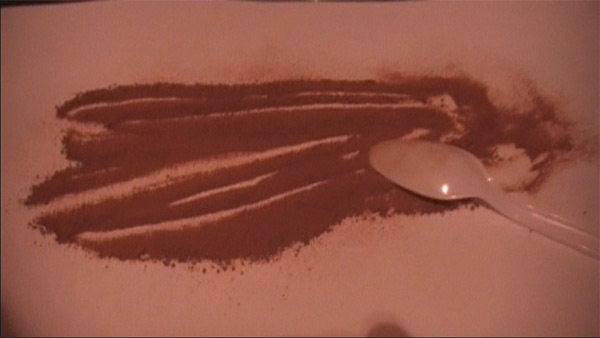
TRY to DELIBERATELY detonate picric acid using a separately made and loaded metallic picrate of any variety , in any reasonable amount and see if you can succeed in securing the detonation of the picric acid . I'll bet you either won't succeed or it will require some pretty extreme conditions to get even a partial detonation of the picric acid
* deliberately * using a metallic picrate as an initiator . I have experimented with this and came to the conclusion it would probably require an enormous amount of corrosion in some very large items of ordnance , subsequently subjected to very great mechanical stress or even exposed to very high temperatures like
a * fire * for example , to produce such
" accidental " detonations associated with
picric acid . The danger of such an occurrence is greatly exaggerated by the literature .









